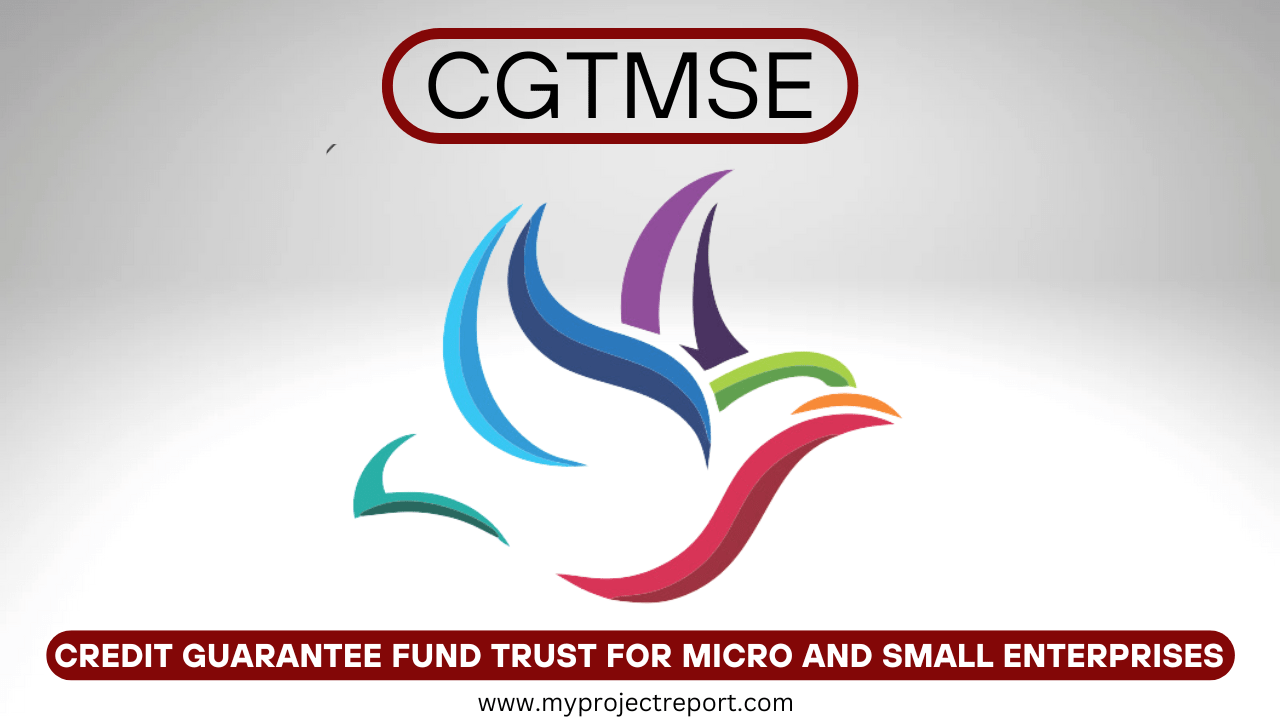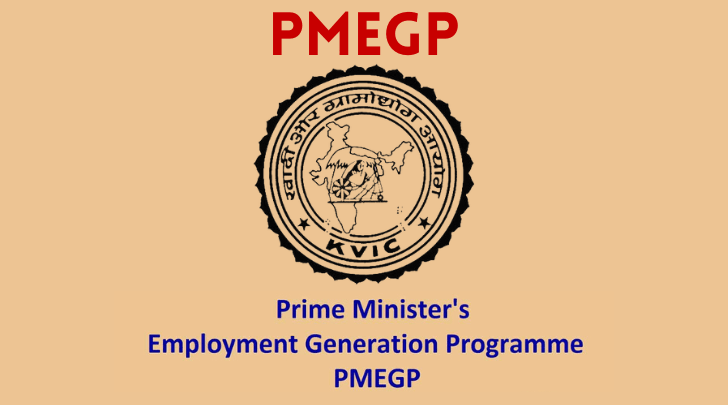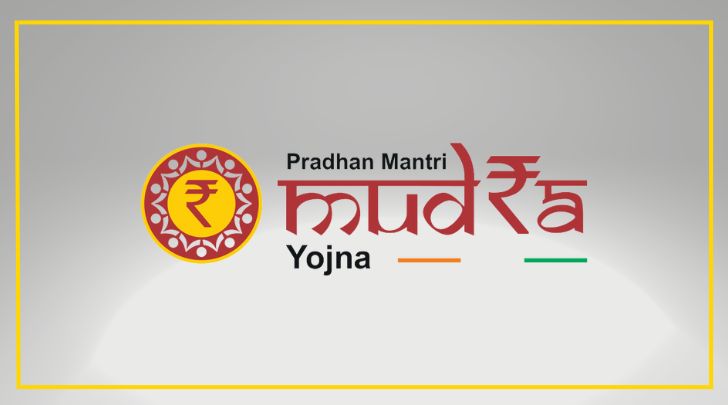
CGTMSE Loan In the dynamic landscape of entrepreneurship, access to finance remains a critical factor for business success. However, securing loans, especially for small and medium enterprises (SMEs), can be challenging due to various reasons such as lack of collateral or credit history. The Credit Guarantee Fund Trust for Micro and Small Enterprises (CGTMSE) was established in India to address these challenges. In this comprehensive guide, we delve into the intricacies of CGTMSE, its significance, functioning, eligibility criteria, and how it benefits entrepreneurs.
What is the CGTMSE scheme?
CGTMSE, a collateral-free loan scheme, was launched by the Government of India in collaboration with the Ministry of Micro, Small, and Medium Enterprises (MSME) and the Small Industries Development Bank of India (SIDBI). It aims to facilitate credit availability to micro and small enterprises by providing a credit guarantee cover for loans extended to them by eligible lending institutions.
Significance of CGTMSE:
- Promotes Financial Inclusion: CGTMSE enables SMEs to access formal credit facilities, particularly those lacking tangible collateral or a robust credit history.
- Mitigates Risk for Lenders: By offering a credit guarantee cover, CGTMSE reduces the risk associated with lending to SMEs, encouraging banks and financial institutions to extend credit to this sector.
- Encourages Entrepreneurship: Access to finance under CGTMSE encourages entrepreneurship and fosters the growth of micro and small enterprises, contributing to economic development and job creation.
How to Work CGTMSE Loan:
Under the CGTMSE scheme, eligible lending institutions, including scheduled commercial banks, regional rural banks, and select financial institutions, can extend credit facilities to micro and small enterprises without demanding collateral or third-party guarantees. CGTMSE provides a credit guarantee cover to these lenders for a portion of the loan amount, thereby securing their interests.
Eligibility Criteria:
To avail of benefits under the CGTMSE scheme, both the borrower (enterprise) and the lending institution must meet certain criteria:
- Borrower Eligibility:
- Micro and Small Enterprises (as per MSMED Act, 2006) engaged in manufacturing or service activities.
- The borrower’s credit needs should not exceed the prescribed limit, typically up to Rs. 2 crores.
- Lending Institution Eligibility:
- Scheduled commercial banks, regional rural banks, select financial institutions, and eligible non-banking financial companies (NBFCs) are eligible to participate in the CGTMSE scheme.
- Lending institutions must comply with CGTMSE’s guidelines and procedures.
Benefits for Entrepreneurs:
- Access to Collateral-free Finance: SMEs can avail of credit facilities without pledging collateral or third-party guarantees, easing the burden of raising funds.
- Lower Interest Rates: Loans covered under CGTMSE often come with lower interest rates compared to unsecured loans, reducing the cost of borrowing for entrepreneurs.
- Enhanced Credit Accessibility: CGTMSE broadens the credit options available to SMEs, enabling them to fulfill their working capital requirements, expand operations, or invest in technology and infrastructure.
- Improved Credit Rating: Timely repayment of loans under CGTMSE can improve the credit rating and credibility of SMEs, making it easier for them to access credit in the future.
Conclusion:
In conclusion, CGTMSE plays a pivotal role in fostering the growth and development of micro and small enterprises in India. CGTMSE promotes financial inclusion, encourages entrepreneurship, and stimulates economic growth by providing collateral-free credit facilities and mitigating risks for lenders. For aspiring entrepreneurs and existing SMEs, understanding and leveraging the benefits of CGTMSE can be instrumental in realizing their business ambitions and driving sustainable growth.


